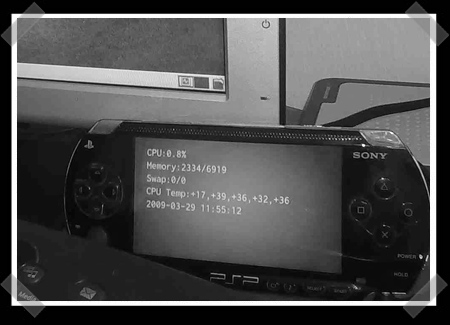
We touched on harmonic table MIDI controllers when [aris] was building one. [Ken Rushton] has one of C-Thru’s commercial keypads, the AXiS-49, and disassembled the device to show how it works. A PIC18F2450 microcontroller provides the USB interface and is connected to a dsPIC33FJ128GP310 digital signal controller which decodes the keypresses. The membrane buttons are made with two concentric graphite disks that touch gold contacts. The microcontroller measures the time between the two points contacting to determine the button velocity. monome button clones also use circular contact pads, but cannot calculate velocity because they only have one element.
[via Matrixsynth]
















